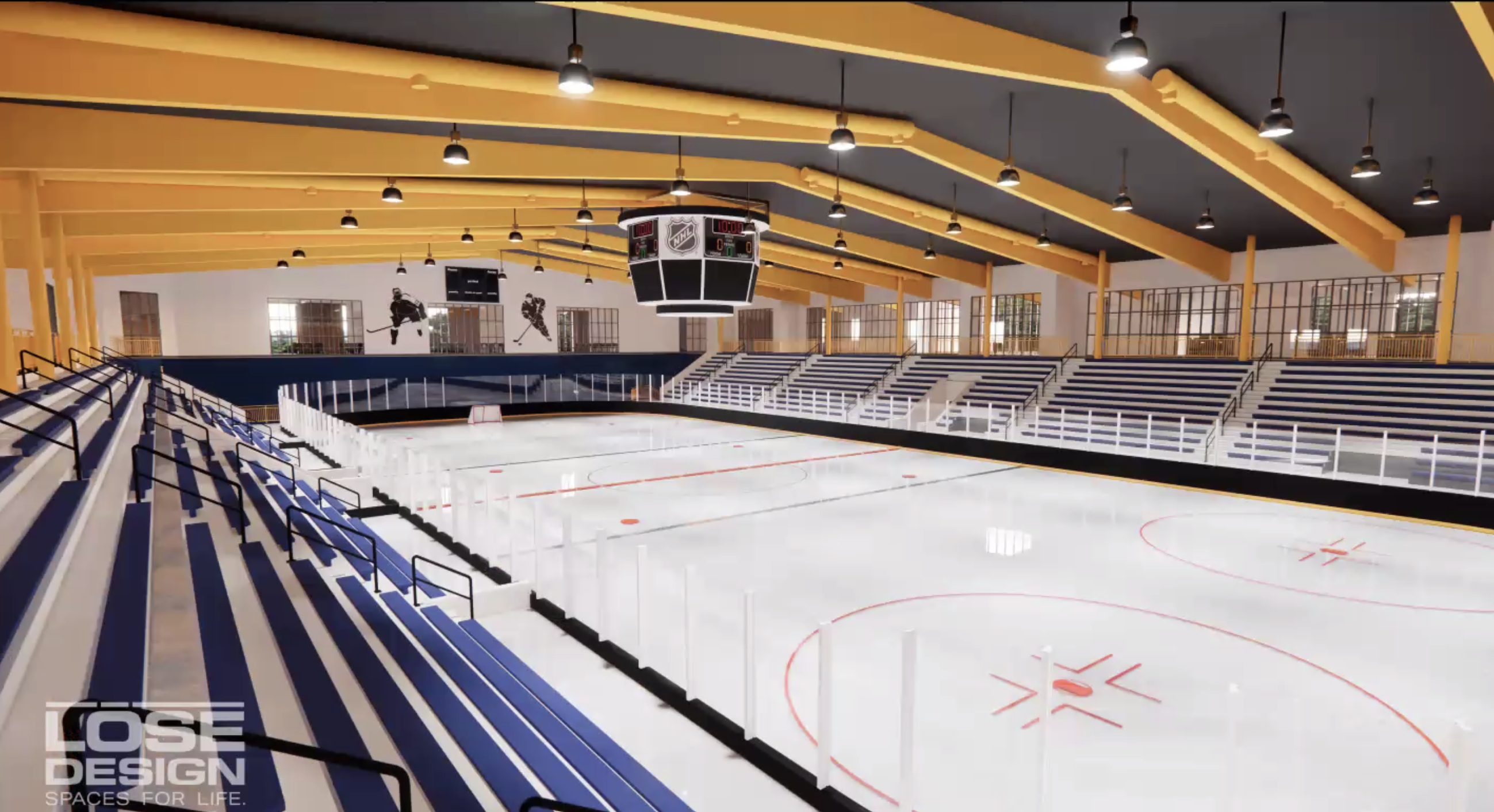 I’ve been a part of the Penalty Box Radio group for going on 2 years now, and recently Justin and I have looked for a way I could contribute to the program. Some listeners may have heard Justin along with myself have been attending a skills clinic at A-Game Sportsplex with the intention of joining a recreation league team this upcoming season. We then came up with the idea I could chronicle the experience for anyone else who might be interested in learning the game.
I’ve been a part of the Penalty Box Radio group for going on 2 years now, and recently Justin and I have looked for a way I could contribute to the program. Some listeners may have heard Justin along with myself have been attending a skills clinic at A-Game Sportsplex with the intention of joining a recreation league team this upcoming season. We then came up with the idea I could chronicle the experience for anyone else who might be interested in learning the game.
In the first part of the series, before sharing any of the adventures on ice, I thought I would discuss equipment; both what is needed and where to find it. Surprisingly, this first step I found to be very intimidating as a new player. The first obstacle I came across was knowing where to go. There are not many hockey equipment stores in the Nashville area so finding the gear can be a challenge in itself. My first thought was that every sporting goods store has a lacrosse section, and that’s got to be just the same as hockey. This is not at all the case. While the equipment looks nearly identical, they protect in very different and specific ways. Lacrosse gloves for example have an exposed palm. Hockey shoulder pads are designed to absorb impact from checking or hitting the boards. With that idea out the window, the first place I went to find my equipment was Play It Again Sports in Cool Springs. I had already done some research on what I could expect to spend at Amazon, and found prices to be quite comparable. I left there with hockey pants, shin pads, shoulder pads, elbow pads and a stick, along with somewhere around a $200 bill.
Out of curiosity I happened to stop in the Cool Springs Essex next to look at their sporting goods section. There I was able to find a quality helmet there for only $25. The selection they have is definitely hit or miss, but when equipment is on the shelf, the price is unbeatable. Based on that, I would recommend them to anyone who is not shopping with a time-frame in mind. I would however caution that it could be possible to mistake some of the lacrosse or street hockey pads for the pads made for ice.
From there it on to the most important piece of gear at all – the ice skates. I decided I would try the skate shop at one of the rinks, and asked if they would have a pair around the $100 price range. They told me they did not, but volunteered to get me sized even after telling them I wouldn’t be able to make a purchase that day. I wish their prices were close to what I could find on Amazon so that I could have gone back, but I ended up purchasing a pair of above average to slightly higher quality skates for $150 online. I also ordered some of the items I would not have to size: a pair of skating liner socks, cup, a practice jersey, and skate blade covers, setting me back roughly $40 or so.
Once the skates were delivered, my last visit was to Miracle Hockey so I could get them sharpened. I also realized I was missing outer hockey socks, so I picked up those along with a spare jersey to have as a backup as well, costing me close to another $40. This store has some of the friendliest staff I have encountered and was able to help with any questions I had about my equipment. I plan on returning sometime in the future to practice shooting in their target room.
In total, it was somewhere in the neighborhood of $450-475 to have the equipment necessary to play. This does seem like a sizable investment, but it is also worth noting that other than league registration fees or drop in costs, there are no recurring charges like you would find in other organized hobbies. If the cost is prohibitive for some, it could be possible to lower the amount by shopping for used items. However, I would be wary of leaning too far towards the lower end equipment, especially with the skates and stick. Something I learned when starting out on guitar was if the quality is too low to allow a beginner to properly learn, they are more likely to become frustrated and quit.
That is all for this first article, my hope is that someone will be able to find it useful or informative. Keep an eye out for Part 2, where I will talk about lacing up the skates and (re)learning how to move out on the ice.

